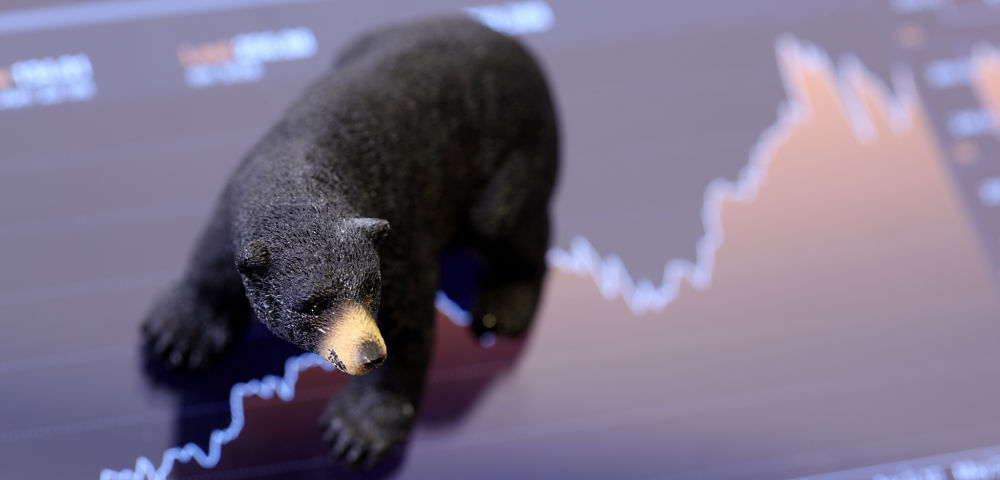A fair amount of our proprietary work focuses on simplistic approaches, to better dispose of the humongous clutter present in today’s market, notes market analyst Alan Newman, editor of CrossCurrents.
The modern era is now so overwhelmed by mechanical (read program or algorithmic) trading that complicating our analysis runs the risk of missing the obvious.
As well, common sense is a valuable asset all by itself and often outweighs the best formulations. By combining common sense with straightforward math, we can work wonders.
This is especially true in this modern era, so hopelessly tortured by trading that has nothing to do with value or even sentiment. An algorithm may make a profit but it is not necessarily smart. It may even be incredibly ignorant.
In the case of our net liquidity indicator, the pattern that interests us is the widening gap between potential buying power (mutual fund cash) and potential selling power (leverage that eventually must be unwound).
ETFs cannot possibly skew the picture because ETFs are always fully invested and have no inherent buying power. Thus, we have taken what amounts to the simplest approach.
In fact, this simplistic approach deftly illustrated the acceleration of negative net liquidity in 2000, 2007 and 2015, all pointing to significant price tops, albeit the latter decline never quite made it to levels popularly defined as a bear market (minus 20% from the peak).
The acceleration of negative net liquidity in recent months is completely in keeping with the two prior bear markets and strongly implies we have now seen a major stock market top. The best case scenario would be a decline resembling 2015, a 20% correction. However, we believe a far worse result is likely.
The percentage of equity mutual fund assets held as cash represents potential buying power. Since ETFs hold little if any cash, the only way mutual funds can compete in a bull market is to cut cash as much as possible. The cash assets ratio averaged around 11% in 1900 and 8% in 1995.
By the time tech mania was peaking in 2000, the average cash to assets ratio was under 5%, fell to under 4% as stocks peaked in 2007, and further fell to about 3.5% in 2015. For the first time in history, the ratio fell to only 2.9% for both December and January.
At these levels, fund managers are more bullish and less fearful than anytime in the past. Through 1999, the cash to assets ratio averaged 8.3%. Over the last 12 months, it has averaged 3.2%.
Whether or not fund managers felt compelled to reduce cash to compete with ETFs is beside the point; they clearly decided to ride the bull to the nth degree and are displaying what amounts to the riskiest exposure in stock market history.
The last bear market took 353 trading days to unwind, accompanied by 30 days of climax. We are nowhere near the bottom. For now, Dow 14,719 remains our target.
Alan Newman is editor of CrossCurrents.
Subscribe to Alan Newman’s CrossCurrents here…
About MoneyShow.com: Founded in 1981, MoneyShow is a privately held financial media company headquartered in Sarasota, Florida. As a global network of investing and trading education, MoneyShow presents an extensive agenda of live and online events that attract over 75,000 investors, traders and financial advisors around the world.




